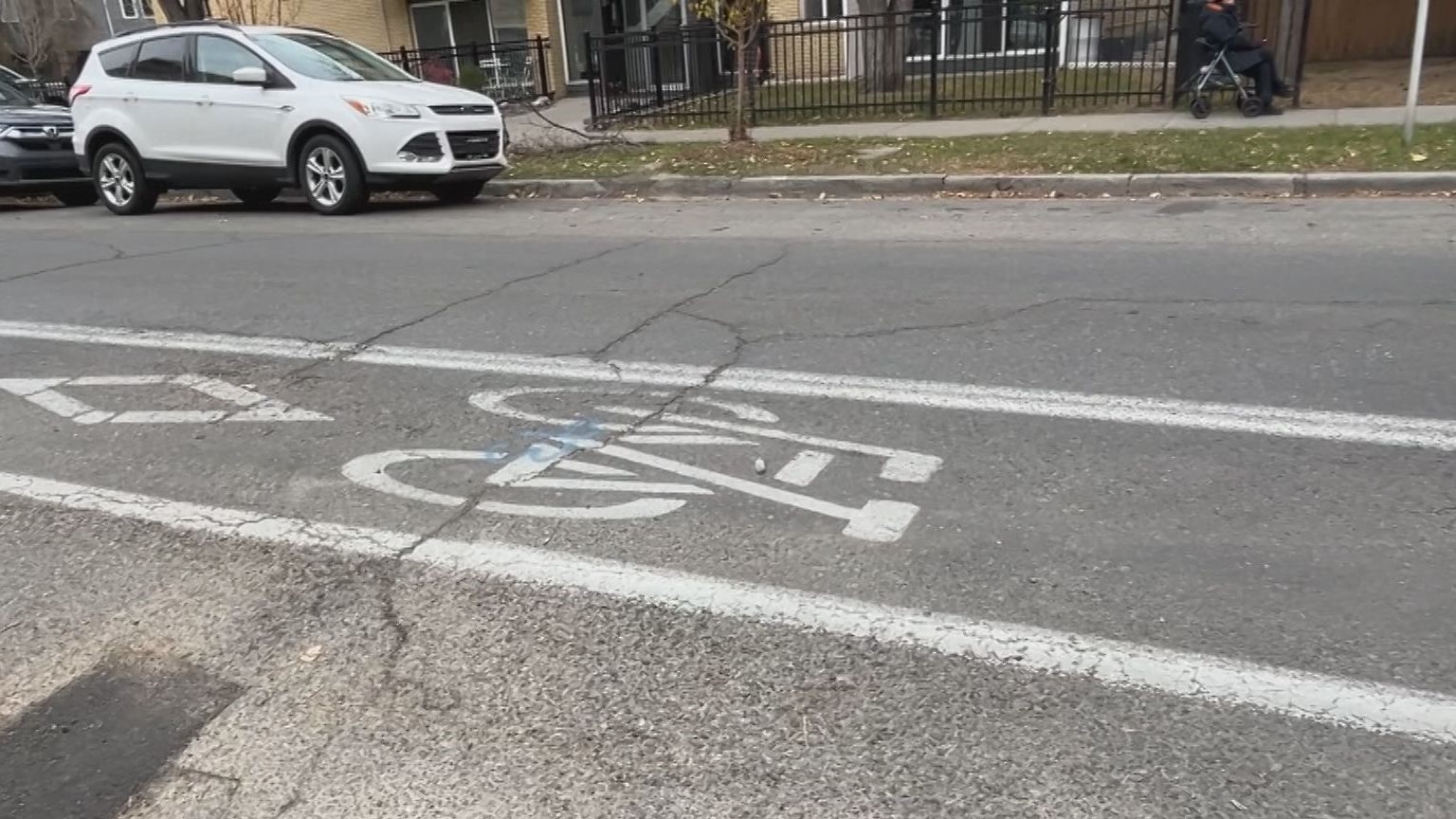I wonder what this area adjacent to the LRT Station would look like.
View attachment 607978
I would put the east sidewalk as one of the Top 5 most woefully designed and undersized sidewalks given the context and demand for space given the thousands of LRT users walking through on an less than a metre sidewalk with tree wells and crappy concrete falling apart, in a vehicle splash zone. And a bus stop on top of that - imagine if there's snow here!
As usual, the big space hog is for vehicles. The LRT and the avenues add a bunch of complexity here, so essentially as a driver or pedestrians you are guaranteed to wait for a long or super long red light somewhere between 9th and 6th Avenue. This creates a pretty substantial congested feeling, but it's only made up of a dozen or so cars - probably the long signal times is triggering engineers to want more queuing space for idling vehicles Meanwhile, strollers and LRT uses are jostling and waiting to pass single file for a block nearest to all to wait for 4 minutes to cross 9th or 6th Avenues. All this is complicated by the volumes of the E-W avenues being their highest in the area, therefore giving 11th such a low priority in comparison, therefore long signals, therefore larger queue lanes, therefore no space for acceptable sidewalks ... etc.
The street has other quirks too. This SB turn lane onto 9th Avenue is wild - a full block queue for one of the least likely turn movements in the city. The LRT arm is for some reason in the middle of the road, making the area with the smallest sidewalk also have an in-ordinately large median space to protect the arm mechanism.
All in all, the movements of vehicles connecting to Beltline is pretty low on the list for me - it's a nice-to-have, but not a need and there's several other areas of the street (the sidewalks) that are so deficient that they should take significant priority over the other issues. Although cars to the Beltline also don't seem to be the materially significant issue here either - there's plenty of other design trade-offs that screw over pedestrians on the corridor, with or without 11th connecting to the Beltline.

 calgary.citynews.ca
calgary.citynews.ca






